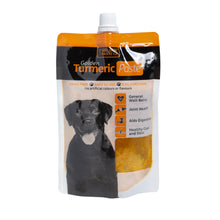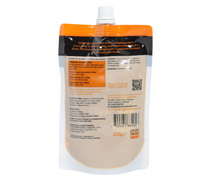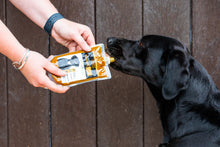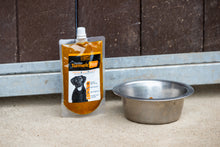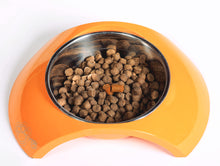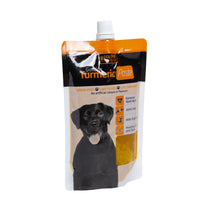Hip Dysplasia in Dogs
What Is Hip Dysplasia In Dogs?
Hip dysplasia is an orthopaedic disease that begins after birth and progresses throughout a dog’s life. Hip dysplasia in dogs is caused by abnormal development of the hip joint in which the joint becomes loose as the soft tissues are unable to stabilise it. As a result the ball (head of the femur) becomes flattened and deformed and the socket becomes more saucer-shaped.

Are all dogs affected by hip dysplasia?
Hip dysplasia in dogs is seen most frequently in medium to large dog breeds and their crosses and is a well-known contributory factor to osteoarthritis, lameness and reduced mobility. Hip dysplasia in dogs can be found in smaller breeds but is less common.
When does hip dysplasia develop in dogs?
Hip dysplasia in dogs is most commonly diagnosed between 6 and 12 months of age.
What does hip dysplasia in dogs look like?
Below are some signs to look out for but this list is not exhaustive.
- Stiffness / hind lameness
- Exercise intolerance / decreased activity
- Difficulty rising, sitting or lying
- Difficulty climbing stairs or getting in and out of the car
- Abnormal gait – swaying, limping on one or both hind limbs
- Protective of hip region during grooming or bathing
- Pain – not necessarily in all dogs
- Decreased range of motion
- Looseness in the joint
- Narrow stance
- Grating in the joint during movement
- Loss of thigh muscle mass

What can be done to reduce the number of dogs with hip dysplasia?
As hip dysplasia in dogs can cause a significant negative impact on the health and welfare of the dog it has been subject to screening for more than 50 years. In the UK the British Veterinary Association (BVA) and the Kennel Club (KC) operate a scoring scheme aimed at reducing the prevalence and severity of hip dysplasia. This relies on breeders selecting breeding stock that are low risk to reduce genetic risk in future generations.
When to test for hip dysplasia in dogs?
If you are buying a puppy from a breeder and the breed has a history of hip dysplasia, always ask if the dam and sire have undergone hip screening and so have ‘hip scores’. Always buy a healthy puppy from a reputable breeder if you are not rehoming a rescue.
Can hip dysplasia in dogs be fixed?
There are surgical and non-surgical treatments available for dogs with hip dysplasia, but the required treatment will depend on the individual dog and the severity of the disease. Contact your veterinary surgeon immediately if you have any concerns that your dog may have hip dysplasia.

Which non-surgical options are available?
Your veterinary surgeon may recommend non-surgical management of hip dysplasia which can include the following treatments:
- Weight loss for obese dogs
- Physiotherapy
- Hydrotherapy
- Changes to exercise routine (low-impact exercise)
- Pain medication

It is also important to provide a very comfortable and supportive bed for your dog to rest and sleep on. A healthy diet will help to keep your dog at an appropriate weight and many owners have noticed an improvement in their dog’s mobility when adding a turmeric supplement to meals.

How might a turmeric supplement help?
Long bone and joint development involves complex interactions which can in turn cause inflammation, this is the main cause behind joint degradation, swelling and pain in canine hip dysplasia.
Turmeric and Curcumin (the most researched bioactive component of turmeric) are natural antioxidants that also support anti-inflammatory mechanisms. They can help reduce the inflammation in canine hip dysplasia.
Turmeric contains a number of antioxidative components, some specifically reducing oxidative enzymes, moderating oxidative stress. By supporting those mechanisms that reduce oxidative stress, turmeric can help optimise collagen stasis, which can normalise joint condition. This can help joint condition for dogs with hip dysplasia.
Customers also use our Turmeric for pain relief. Curcumin and NSAID can be compared as they have similar mechanisms.
Bioactives in Curcumin can interact with two pain reduction and anxiety systems – GABA and endocannabinoid.
There has been many studies that show curcumin not only has positive effects on inflammation but can also reduce pain through the nervous system.











